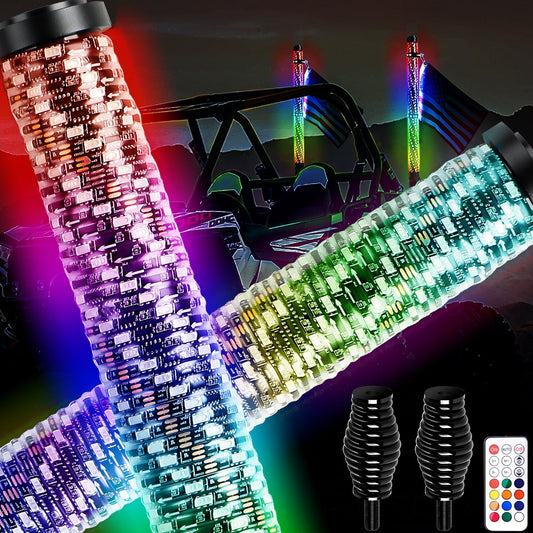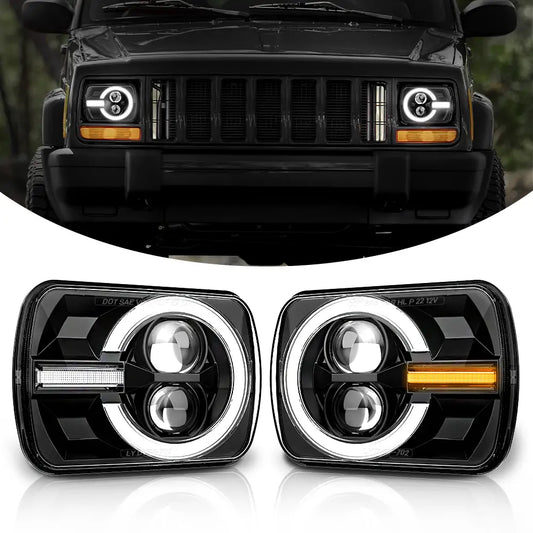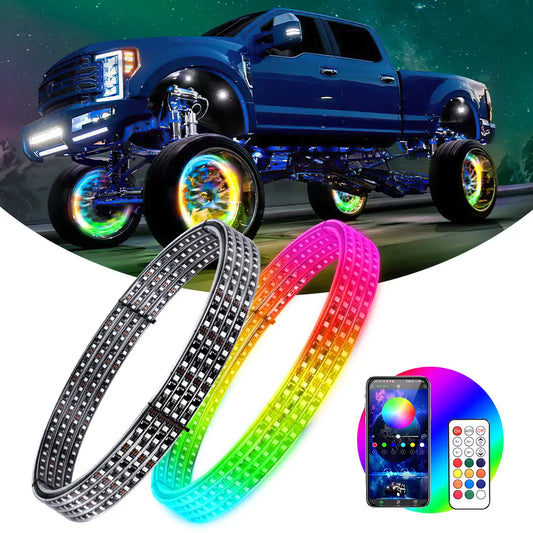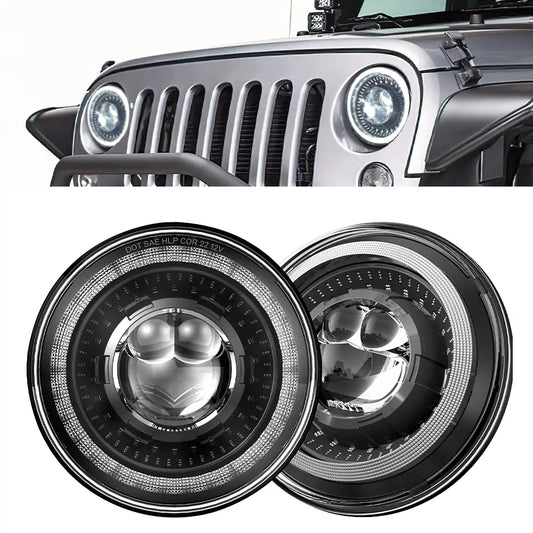Are you looking to purchase your very first light bar? If so, you’ve probably already realized that there’s more to choosing the right one than meets the eye. From placement to wiring, the process can feel overwhelming for a first-time buyer. In this guide, we’ll break down the five basic things you need to know before buying a light bar, helping you make an informed decision.

1. Determine the Placement of Your Light Bar
The first thing to consider is where you want to install your light bar. Placement not only affects the look of your vehicle but also determines the type of light bar you should buy. Below are the most common spots for light bar installation:
-
Roof or Roof Rack:
Ideal for long-distance lighting. A roof-mounted light bar is typically larger (e.g., 40 inches) and more expensive. It’s perfect for illuminating vast areas when off-roading.
-
Front Bumper:
-
Hood Mount:
Another option for close-range lighting. Hood-mounted light bars are less common but could be a good alternative depending on your needs.
Quick Tip:
Choose placement based on what you're trying to illuminate. For long-range visibility, go for roof-mounted options. For closer proximity lighting, bumper or hood mounts are more practical.
2. Choose the Right Mounting System
How you mount your light bar is just as important as where you mount it. Most light bars come with generic L-brackets, which work in many situations. However, vehicle-specific brackets are a better choice for a cleaner and more secure installation.
Why Use Vehicle-Specific Brackets?
- Perfect fit for your vehicle.
- Avoid drilling holes in your body panels, reducing the risk of rust or water leaks.
- Cleaner, more professional-looking installation.
For example, if you’re installing a light bar on a roof rack, you can find brackets designed specifically by the rack manufacturer. Similarly, aftermarket bumpers often come with built-in mounting points for light bars, making installation a breeze.
3. Plan the Wiring Setup
Wiring is a crucial part of your light bar installation. There are two primary ways to wire your light bar:
Option 1: Direct Switch Wiring
- Perfect for running a single light bar with no additional lights.
- Requires drilling a hole in your vehicle's interior to install the switch.
Option 2: Switch Panel Wiring
- Ideal for those planning to run multiple lights (e.g., light bars, rock lights, light pods).
- A switch panel systemkeeps your wiring organized, clean, and expandable. For instance, you can wire all your lights to a fuse box under the hood, with a single wire running into the cabin to a multi-switch panel. This setup allows you to control up to eight lights with one clean panel.
Pro Tip:
For a clean install, consider using accessories. This runs wiring along the windshield for roof-mounted light bars, eliminating the need to drill holes in your roof.
4. Choose the Right Light Bar Color
Light bars come in two main colors: white and amber, and choosing the right one depends on your environment and weather conditions.
When to Choose a White Light Bar:
- Best for dry conditions with minimal air particles.
- Brighter than amber light bars, making it a great all-purpose option.
When to Choose an Amber Light Bar:
- Ideal in areas with heavy rain, fog, snow, or dusty conditions (e.g., deserts).
- Amber light bars have longer wavelengths, allowing them to cut through particles without reflecting back at you, which could happen with white light bars.
Aesthetic Consideration:
If you’re matching other lights on your vehicle, choose a color that complements your setup. Some people choose amber for functionality and white for style.
5. Understand the Costs
The cost of a light bar can vary dramatically depending on size, quality, and your specific setup. Here’s what to keep in mind:
-
High-End Light Bars:
Brands like Baja Designs offer premium light bars that can cost $1,500 or more. These provide superior performance, durability, and brightness.
-
Budget Options:
Entry-level light bars can cost as little as $150. While affordable, they may lack the durability and output of higher-end models.
Several factors influence the overall cost:
- Mounting Brackets:Vehicle-specific brackets may cost more but save you time and hassle.
- Wiring Setup:A basic wiring harness is cheaper, but a switch panel wiring system offers superior functionality at a higher price.
- Size and Placement:Larger light bars for roof racks are naturally more expensive than smaller bumper-mounted options.
Pro Tip:
Stick to reputable brands and assess your long-term needs. A high-quality light bar may cost more upfront but will save you money on replacements and repairs over time.
Final Thoughts
Purchasing your first light bar doesn’t have to be daunting. By considering placement, mounting, wiring, color, and cost, you can make an informed decision that fits your needs and budget. Whether you’re lighting up long trails or enhancing your vehicle’s appearance, the right light bar can make all the difference.
If you’re driving a 4Runner or Tacoma, check out our website for handpicked light bar options and accessories tailored to your vehicle. Got questions? Feel free to reach out—we’d love to help!




